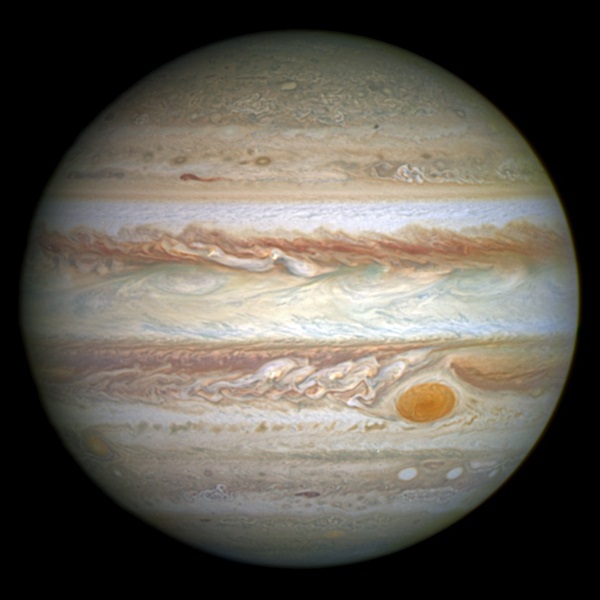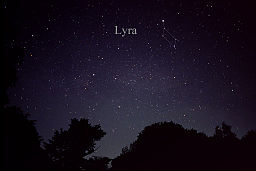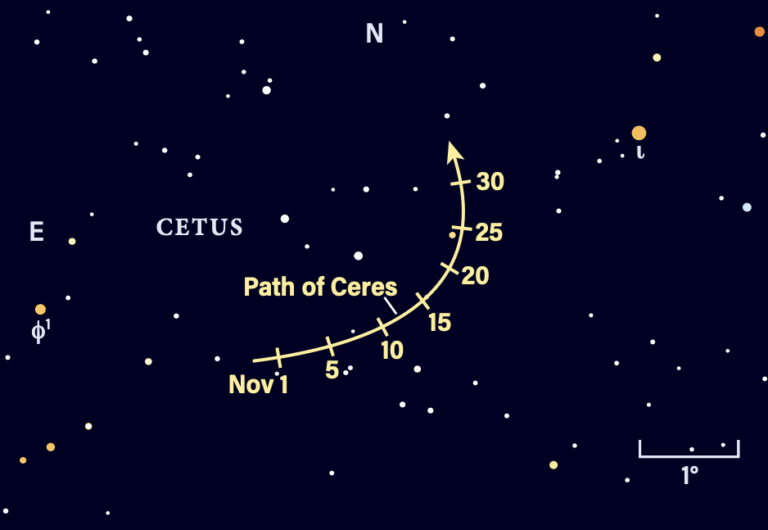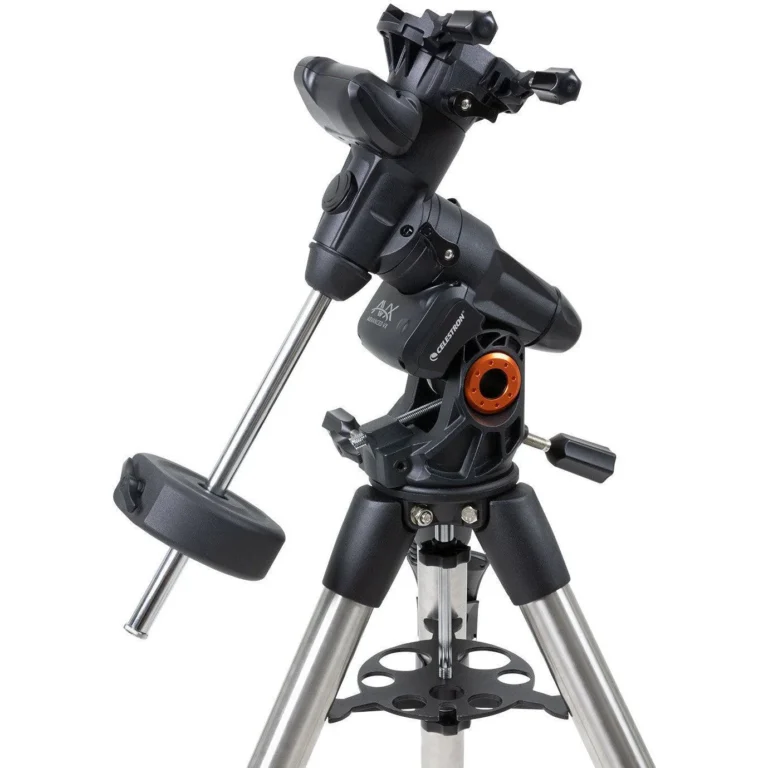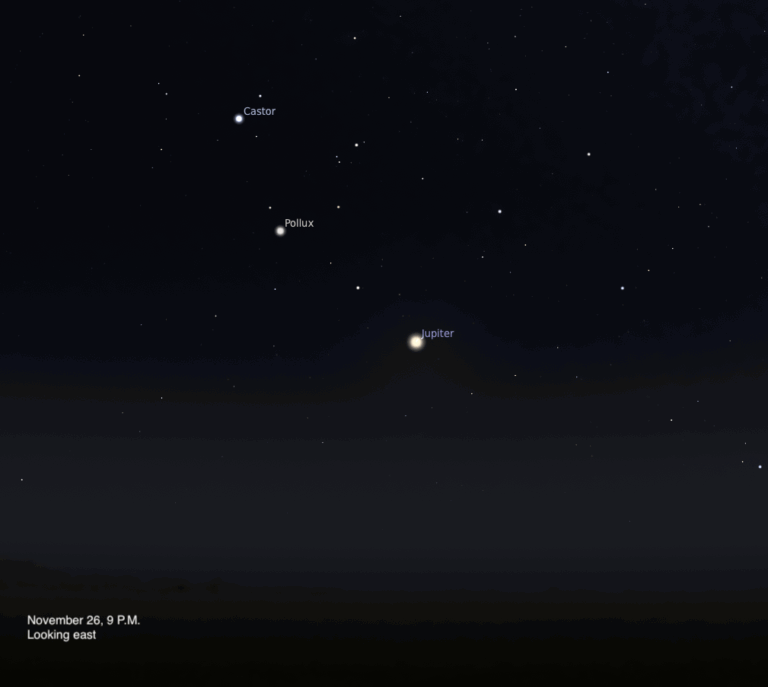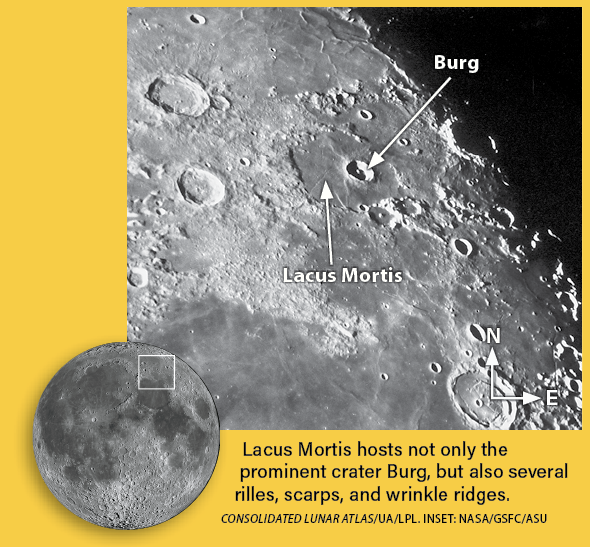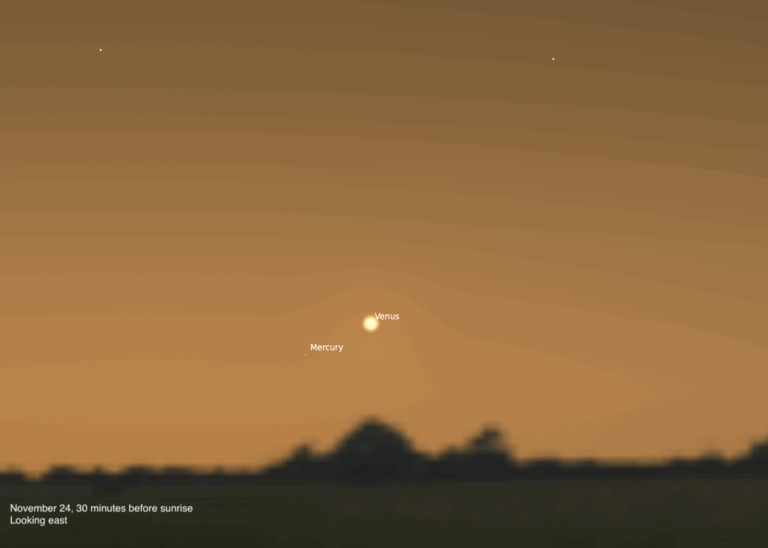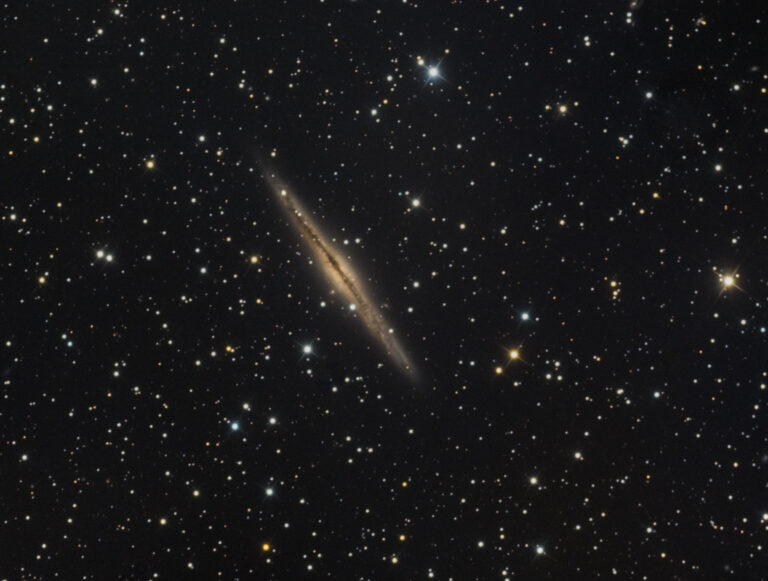Key Takeaways:
Friday, August 11
The Perseid meteor shower peaks during daylight hours tomorrow, so the best viewing conditions occur tonight. Unfortunately, Full Moon occurred just a few days ago, and its bright light will drown out fainter meteors and leave the brighter ones less impressive in the prime viewing hours after midnight. Instead of seeing up to 100 meteors per hour as you might in a good year, a typical observer may see only 20 to 25 per hour. Your best bet is to view in the early morning hours of the 12th, when the shower’s radiant climbs high in the northeast. Position yourself facing north with the Moon to your back.
Saturday, August 12
Assuming you watch the Perseid show this morning, don’t pack up when twilight starts to paint the sky. About 45 minutes before the Sun comes up, look for a bright object hovering just above the horizon in the east-southeast. This is the night sky’s brightest star, magnitude –1.5 Sirius in the constellation Canis Major. From mid-northern latitudes, the luminary climbs some 4° high a half-hour before sunrise and should stand out if you have a clear and unobstructed horizon. The return of Sirius to the predawn sky was an occasion for celebration in ancient Egypt. Around 3000 b.c., this so-called heliacal rising of Sirius heralded the coming flood of the Nile River, an event upon which agriculture — and all life in Egypt — depended.
Sunday, August 13
Spectacular Saturn lies due south and at its peak altitude about an hour after sunset. It shines at magnitude 0.3 against the backdrop of southern Ophiuchus, a constellation whose brightest star glows six times fainter than the ringed planet. When viewed through a telescope, Saturn’s globe measures 17″ across while its dramatic ring system spans 40″ and tilts 27° to our line of sight. Tonight also offers a nice opportunity to see the planet’s seven brightest moons. The toughest to spot normally are the two inner ones — Mimas and Enceladus — which never stray far from the rings’ glare. But tonight, Enceladus reaches greatest eastern elongation just two hours after Mimas comes to greatest western elongation. Tethys, Dione, Rhea, Titan, and Iapetus round our Saturn’s “magnificent seven” satellites on display.
Monday, August 14
Last Quarter Moon occurs at 9:15 p.m. EDT. It doesn’t rise until shortly after midnight local daylight time, however, by which time its phase has diminished almost imperceptibly to 48 percent lit. Earth’s only natural satellite appears against the background stars of western Taurus.
Tuesday, August 15
Comet PANSTARRS (C/2015 ER61) currently hovers around 10th or 11th magnitude, bright enough to see through most small telescopes. But its main claim to fame this week is its convenient location just south of the Pleiades star cluster (M45). From August 14 to 21, the solar system object appears as a fuzzy patch of light passing less than 1° south of the dipper-shaped cluster.
Wednesday, August 16
Look for the waning crescent Moon this morning as it hovers just east of the Hyades star cluster in Taurus the Bull. The two objects clear the horizon by 1 a.m. local daylight time and climb halfway to the zenith by the time morning twilight begins. The Moon appears 35 percent lit and easily outshines the stars of the V-shaped Hyades. First-magnitude Aldebaran, which marks one tip of the V, appears brighter than the rest of the cluster’s stars because it actually lies in the foreground.
Thursday, August 17
Jupiter appears low in the west-southwest an hour after sunset this week. The brilliant planet shines at magnitude –1.8 and dominates the evening sky. It appears against the backdrop of Virgo, some 6° to the right of the Maiden’s brightest star, 1st-magnitude Spica. When viewed through a telescope, Jupiter’s disk spans 33″ and shows a wealth of atmospheric detail.
Friday, August 18
Look overhead around 10 p.m. anytime this week and your eyes will fall on the brilliant star Vega in the constellation Lyra the Harp. At magnitude 0.0, Vega is the brightest member of the prominent Summer Triangle asterism. The Triangle’s second-brightest star, magnitude 0.8 Altair in Aquila the Eagle, lies some 35° southeast of Vega. The asterism’s dimmest member, magnitude 1.3 Deneb in Cygnus the Swan, stands about 25° east-northeast of Vega.
The Moon reaches perigee, the closest point in its orbit around Earth, at 9:18 a.m. EDT. It then lies 227,497 miles (366,121 kilometers) from Earth’s center.
Saturday, August 19
By the time morning twilight starts to paint the sky, your eyes will be drawn to the eastern sky for a meeting of the night sky’s two brightest objects. Brilliant Venus rises first, clearing the horizon shortly before 3:30 a.m. local daylight time. Less than a half-hour later, the waning crescent Moon joins the planet. The two make a stunning pair as they climb higher in the twilight sky. Venus, which shines at magnitude –3.9, appears 20° above the horizon an hour before sunrise.
Sunday, August 20
Distant Neptune reaches opposition and peak visibility in just two weeks, but the view now is essentially the same. The ice giant planet rises during evening twilight and climbs nearly halfway to the zenith in the southern sky by 2 a.m. local daylight time. The magnitude 7.8 planet lies in Aquarius, 1.5° east of 4th-magnitude Lambda (l) Aquarii. You’ll need binoculars to spy Neptune and a telescope to see its blue-gray disk, which spans 2.4″.


